Contents
- History
- Trade & Ancient Trade Routes
- Traditional Modes of Conveyance
- Modes of Transportation in the District
- Railway Systems
- Overview of Bus Networks
- Autos & Shared Vehicles
- Air Travel
- Ferries & Water Transport
- Traffic Map
- Communication Networks
- Newspapers & Magazines
- What’s on the Billboards? A Look at Solapur’s Hoardings
- Post Services
- Graphs
- Road Safety and Violations
- A. Cases of Road Safety Violations
- B. Fines Collected from Road Safety Violations
- C. Vehicles involved in Road Accidents
- D. Age Groups of People Involved in Road Accidents
- E. Reported Road Accidents
- F. Type of Road Accidents
- G. Reported Injuries and Fatalities due to Road Accidents
- H. Injuries and Deaths by Type of Road
- I. Reported Road Accidents by Month
- J. Injuries and Deaths from Road Accidents (Time of Day)
- Transport Infrastructure
- A. Household Access to Transportation Assets
- B. Length of Roads
- C. Material of Roads
- Bus Transport
- A. Number of Buses
- B. Number of Bus Routes
- C. Length of Bus Routes
- D. Average Length of Bus Routes
- E. Daily Average Number of Passengers on Buses
- F. Revenue from Transportation
- G. Average Earnings per Passenger
- Communication and Media
- A. Household Access to Communication Assets
- B. Newspaper and Magazines Published
- C. Composition of Publication Frequencies
- Sources
SOLAPUR
Transport & Communication
Last updated on 6 November 2025. Help us improve the information on this page by clicking on suggest edits or writing to us.
History
Trade & Ancient Trade Routes
For centuries, Solapur’s position at the edge of Maharashtra, near Karnataka and Telangana, placed it along major inland trade routes connecting the Deccan to coastal ports. Traders, farmers, and weavers moved goods through Solapur to reach both inland markets and ports on the western coast.
One such route carried produce and handcrafted goods from the wider Solapur region towards prosperous ports such as Chaul (in Raigad district), which handled overseas trade. These routes allowed Deccan cotton, textiles, and grains to flow west and connect with maritime merchants.
Under British rule, the growth of Bombay (now Mumbai) as a major commercial port further strengthened Solapur’s role as a link in the supply chain. Cotton, grains, and woven textiles were collected from local markets and moved by road and rail to the port city for export.
According to the District Gazetteer (1884), Solapur, Barsi, and Pandharpur were key trading towns in the district at that time. These centres supported local farmers, weavers, and traders, providing important market spaces for exchanging goods and connecting rural production to wider trade routes.
Traditional Modes of Conveyance
In the past, animal carts and handcarts formed the backbone of local transport in Solapur district. Bullock carts, known locally as bail gaadi, were the most common way to carry grain, farm produce, tools, and other essentials. In villages, they also served as passenger carts, moving people between fields, markets, and nearby towns.
Today, bullock carts are rarely seen on roads except during festivals such as Vel Amavasya, when they appear for ceremonial rides or community events.
Horse-drawn carts (ghoda gaadi) were also once a familiar sight in towns and smaller settlements. Older residents still remember horse carts running regular routes from Saath Rasta Chowk to Lashkar, serving daily commuters before motor vehicles replaced them.
Donkeys and horses were commonly used to carry heavier loads, especially in parts of the district like Akkalkot. Donkeys were important for moving stone kitchen tools such as mortars (jaat), pata varvanta (grinding stones), and small khal battas. The Wadar community, known for stone work, traditionally used donkeys to transport these goods to village markets.
Simple handcarts and pushcarts, moved by human labour, were another key part of everyday transport. These were widely used by traders and workers to move loads through narrow streets, short village lanes, and crowded market yards.
Over time, the use of animal carts and handcarts has declined sharply as motor vehicles and modern transport have replaced older ways of transport systems.
Modes of Transportation in the District
Railway Systems
Solapur district falls under the Solapur Division of the Central Railway Zone, which remains one of the busiest divisions in southern Maharashtra. As of 2024, the district has about 10 railway stations, with Solapur Junction (SUR) serving as the main railhead for both passenger and goods movement.

The history of Solapur’s railways dates back to the mid-19th century, when the southeast branch of the Great Indian Peninsula Railway (GIPR) extended into the district. Work started in the 1850s, and by 1860, trains were running up to Sholapur, connecting the region more closely with Mumbai and other important centres. Bridges over the Bhima and Sina rivers were major engineering works at the time, ensuring continuous rail service.
After Independence, the Bombay–Madras broad gauge line became the backbone of Solapur’s railway network. The creation of the Central Railway in 1951 linked Solapur with Mumbai, Pune, Nagpur, Bhusawal, and other major junctions.
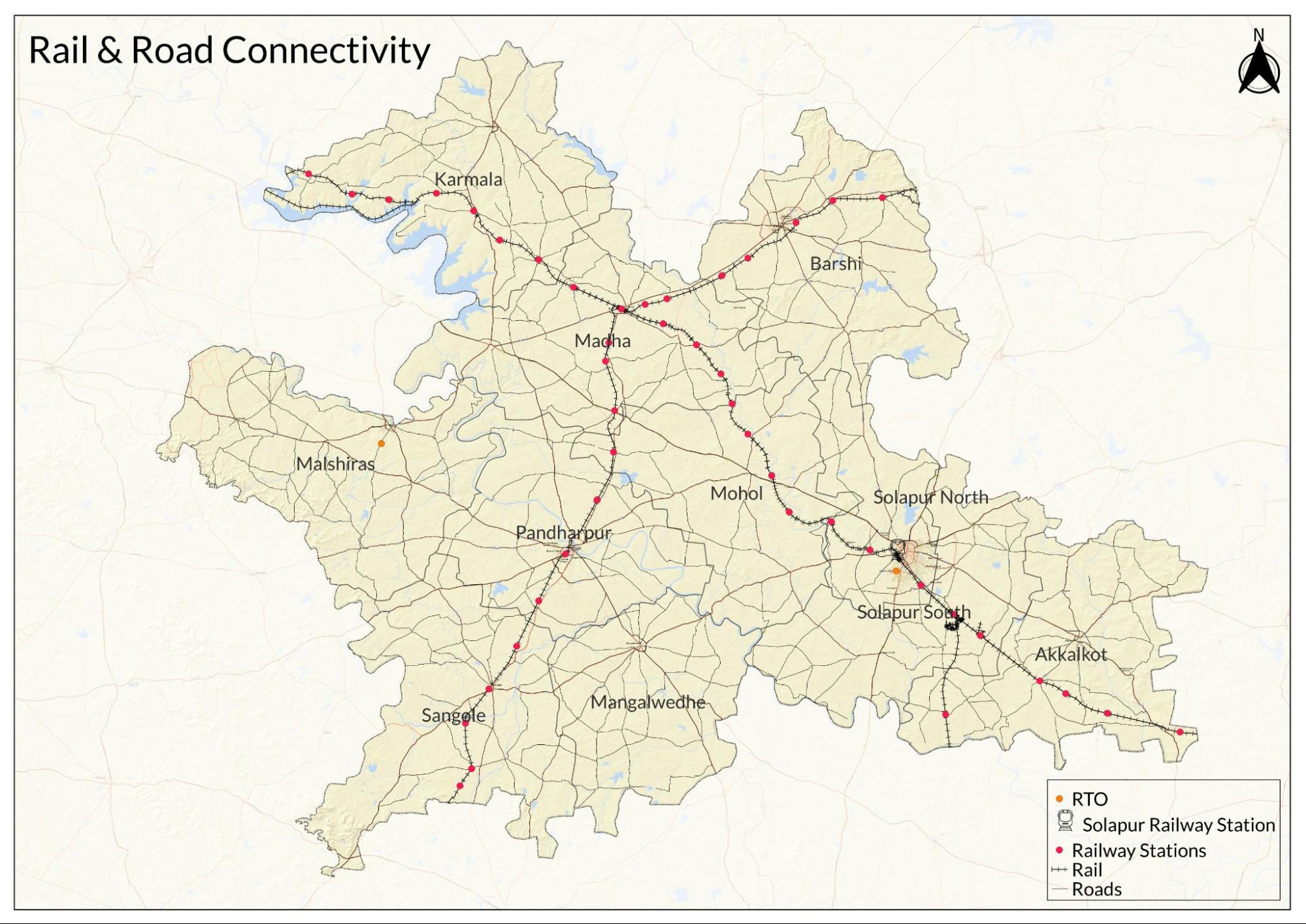
Today, the railway continues to support daily commuters and trade. Many residents use trains to travel to Pune for work. Notably, during his tenure as Union Minister, locals say that Sushilkumar Shinde played a major role in facilitating the scheduling of early morning and evening trains to Pune to help workers reach industrial areas more easily.
Alongside daily passenger services for commuters, Solapur’s railway network now includes the Vande Bharat Express, which offers a faster link to Mumbai and Pune. This new service runs almost daily and adds a premium option for travellers on the route. It also made headlines when Surekha Yadav, India’s first woman train driver, operated the train from Solapur Junction (SUR) to Mumbai’s Chhatrapati Shivaji Maharaj Terminus (CSMT), highlighting both the city’s place on India’s high-speed rail map and the growing role of women in the railways.

Overview of Bus Networks
Passenger bus services in Solapur district are mainly operated by the Maharashtra State Road Transport Corporation (MSRTC). These buses connect Solapur to major cities such as Mumbai, Pune, Nagpur, Chhatrapati Sambhajinagar, and Bijapur in Karnataka, as well as all important towns and talukas within the district.
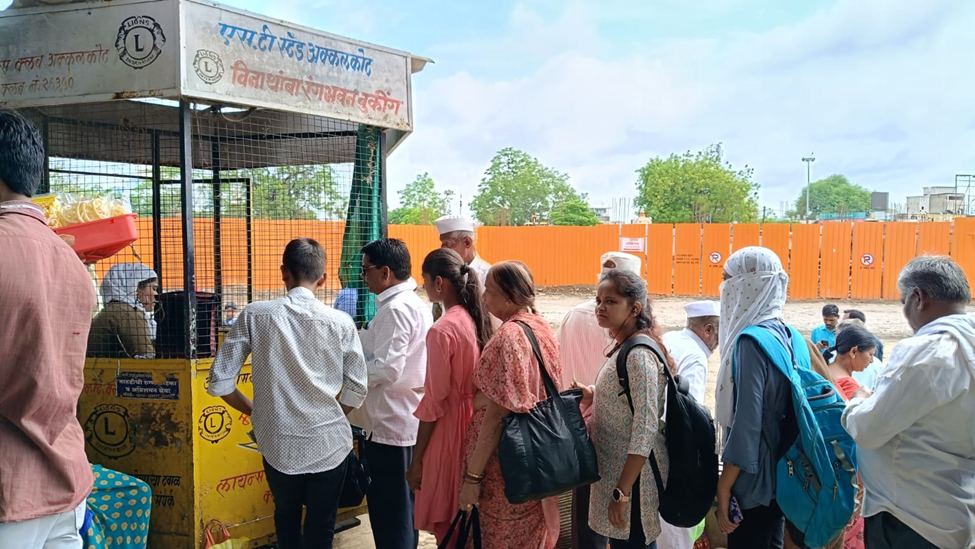
The district’s main bus depots are located at Solapur, Akkalkot, Barshi, Karmala, Akluj, Pandharpur, and Sangola. From these depots, the familiar MSRTC buses operate ordinary, deluxe, and some air-conditioned services that connect local towns and villages with larger markets and cities.
Special arrangements are made during major religious occasions, especially the Ekadashis: Chaitri, Ashadhi, Kartiki, and Maghi, when thousands of yatris travel to the Pandharpur Mandir. Extra buses are scheduled to handle the large number of yatris during these times.
Within the city, Solapur also has its own bus service, which once had a larger fleet with air-conditioned routes covering key areas. In recent years, however, many locals say these city buses have become non-operational due to poor maintenance, leaving only a few routes running. As a result, many residents now rely more on auto-rickshaws and private vehicles for daily local travel.
Alongside these services, a locally known “non-stop” bus runs between Rang Bhavan and Akkalkot. Passengers often call these buses “non-stop” because they skip village halts for quicker travel. This route also offers discounted fares for women and has appointed women drivers, reflecting small but steady changes in the local workforce.
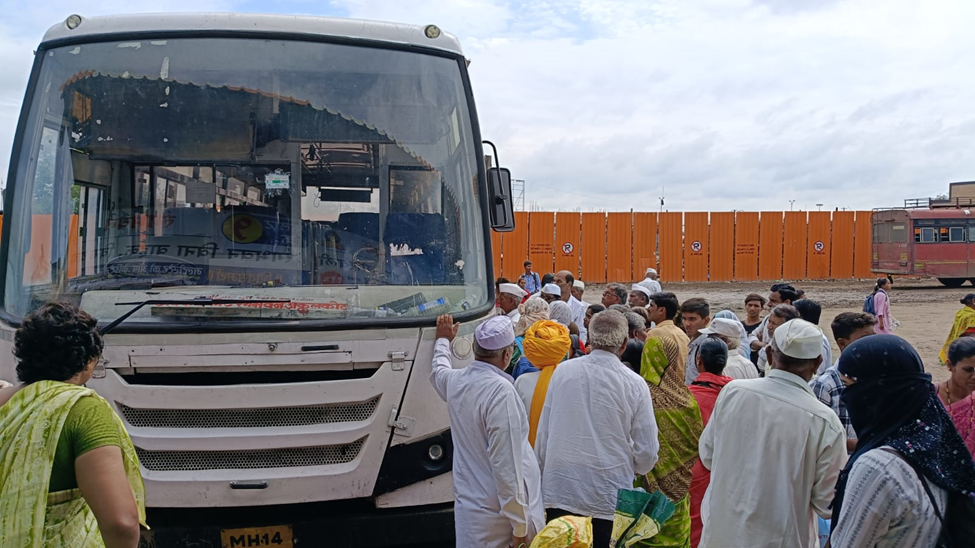
Autos & Shared Vehicles
In Solapur, auto-rickshaws are one of the most common modes of daily transport, especially for workers, students, and short-distance commuters. Autos here generally do not run on meters; instead, fares are decided through direct negotiation between drivers and passengers before the trip. While this offers some flexibility, it also means passengers need to know typical rates for common routes.
For short trips within city limits, fares usually start at around ₹30 for a round trip, while longer rides can cost up to ₹100. Locals say that shared auto-rickshaws are a popular choice because they allow multiple passengers going in the same direction to split the fare, making local travel more affordable. Alongside autos, shared vans are also widely used, especially on routes connecting smaller villages to nearby towns or bus stands.
Fixed routes and standard fares are common for busy stretches. For example, locals say that rides from auto stands to Rang Bhavan typically cost between ₹10 and ₹15, with similar rates for common stops like Ashok Chowk or Walchand College.
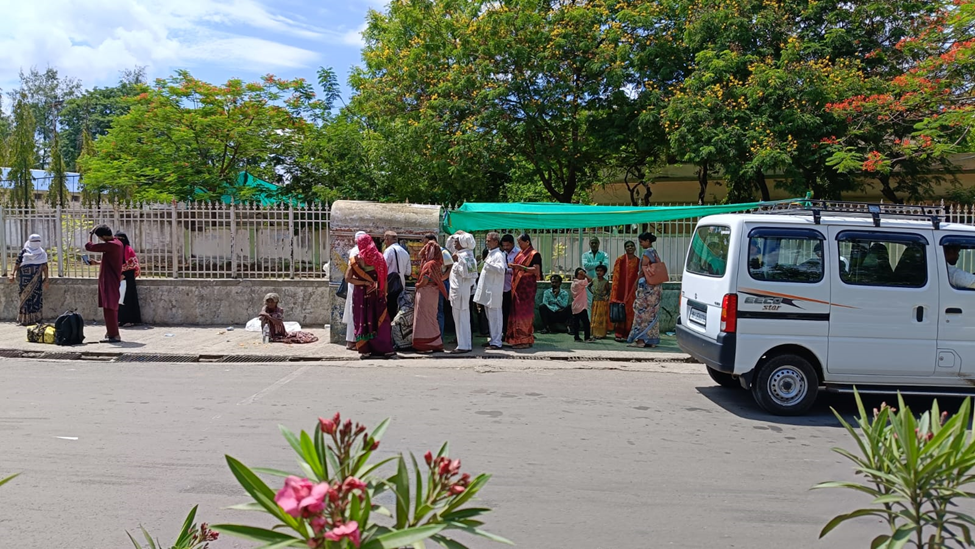
Air Travel
Solapur Airport is the district’s main air link for domestic travel. It is managed by the Airports Authority of India and handles flights connecting Solapur with other parts of Maharashtra and India.

According to the district Gazetteer (1977), the airfield’s origins date back to September 1948, when the Indian Defence Authorities established an airbase here during the police action against the former Hyderabad State. After the operation ended, the airstrip saw little civil use, apart from occasional landings by visiting officials.
In 1987, the old airstrip was revived for regular passenger flights. Today, it mainly handles short-distance domestic traffic and serves travellers linked to the district’s industries, businesses, and pilgrimage centres.
To expand air services, a new airport is planned at Boramani, with construction underway. Once completed, it is expected to handle more flights and improve air connections for the Solapur district.
Ferries & Water Transport
Historically, ferries were an important means of crossing rivers in the Solapur district, especially in places where roads and bridges were limited. According to the district Gazetteer (1977), ferry services once operated at Pomalwadi, Begampur, and Tirhe, mainly using simple country boats to move goods and passengers. On the Bhima River, a ferry near Pomalwadi railway station in Karmala taluka and another at Begampur were particularly active during the monsoon and winter seasons when road travel was more difficult.
Water transport continues in some places where river crossings remain practical for daily use. At Kudal–Hattarsangh, locals use small boats to cross the rivers at the confluence of the Bhima and Sina, paying a fare of about ₹10. In Pandharpur, a public boat service helps visitors and residents cross the river, especially during the pilgrimage season and when water levels allow.
Traffic Map
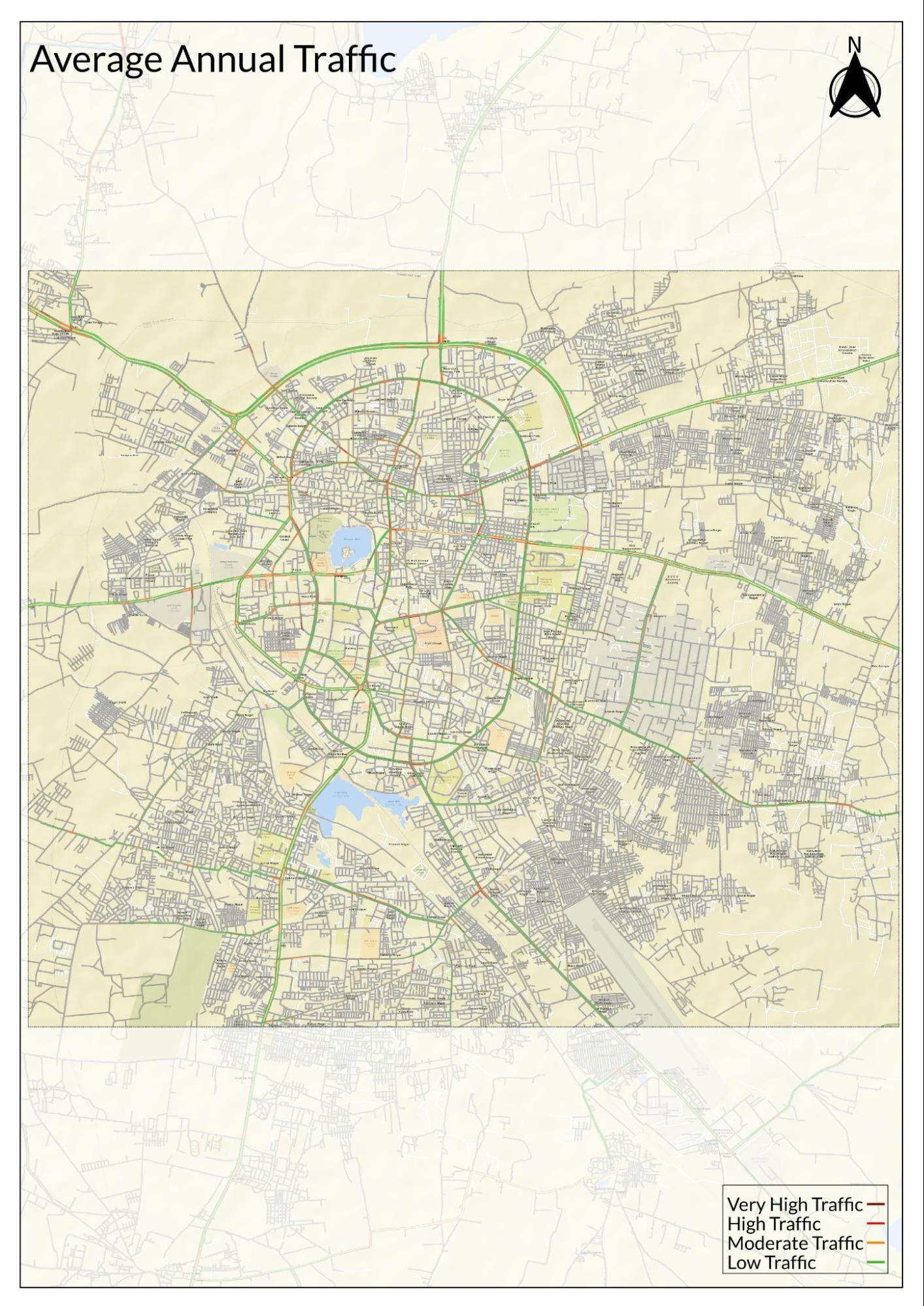
Communication Networks
Newspapers & Magazines
Marathi has long been the main language for newspapers and local publications in Solapur district. According to the district Gazetteer (1977), Marathi newspapers here date back to the colonial period, when early papers like Sholapur-Samachar and Vijaya first appeared. These early papers carried local news and commentary when press freedom was limited.
One of the district’s earliest papers, Kalpataru, was started in 1832 by Annaji Govind Inamdar, who also launched the weekly Anandavrutta that same year. While both began in 1832, the Gazetteer notes that 1867 is often given as the official founding date due to a change in ownership to the Kakade family.
Today, several Marathi newspapers are published and circulated in the district. Sanchar focuses mainly on local news and regional issues. Dailies such as Punya Nagari, Tarun Bharat, Pudhari, Divya Marathi, Lokmat, and Sakal have a strong local readership, covering general news, sports, and community events.
What’s on the Billboards? A Look at Solapur’s Hoardings
Billboards in Solapur district mainly advertise local businesses, jewellery shops, coaching centres, and healthcare services. Many promote tuition classes and colleges, while hospitals and clinics use hoardings to reach patients. Banners are also common for birthdays, exam results, or other public congratulatory messages.
Locals say that education-focused advertising has become more prominent in recent years. Coaching centres for exams like JEE and NEET often display large hoardings highlighting student ranks and admissions. Well-known jewellers such as Kalyan and Chandu Kaka Saraf also feature widely, reflecting the steady demand for gold and ornaments.
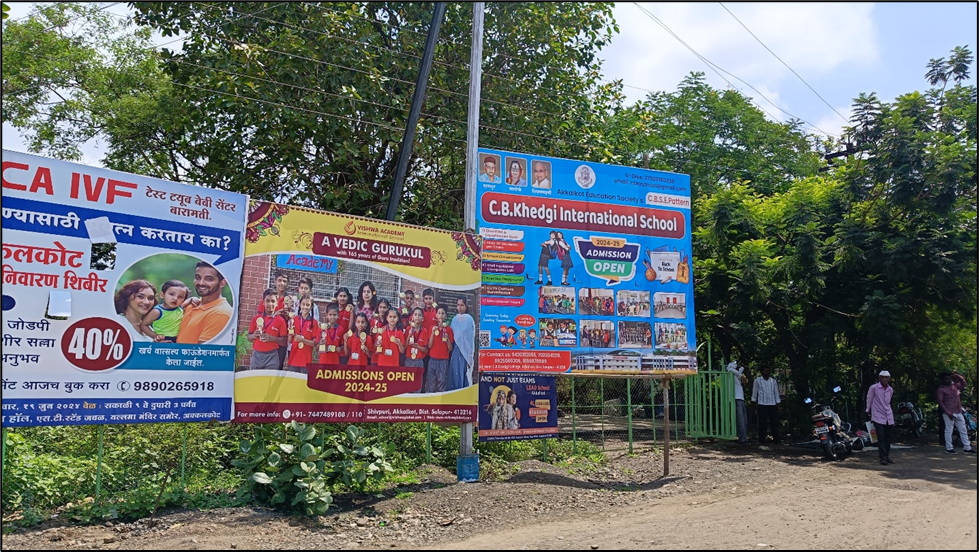
Advertisements for clothing shops, housing layouts, and new residential projects are more noticeable. Property and real estate ads also appear regularly in local newspapers, showing growing interest in housing and investment.
Areas like Rangbhavan, Saat Rasta, and locations near the railway station have the highest concentration of hoardings. In Akkalkot, lodging and rental ads have increased due to the steady flow of yatris visiting the Mandir of Shree Swami Samarth Maharaj. Many local families earn additional income by renting out rooms or running homestays, adding to local property activity.
Post Services
In Solapur district, post offices remain an important part of daily life, especially for small savings and local banking needs. In both Solapur and Akkalkot, many families and students keep post office accounts to handle scholarship payments or set aside small amounts each month.
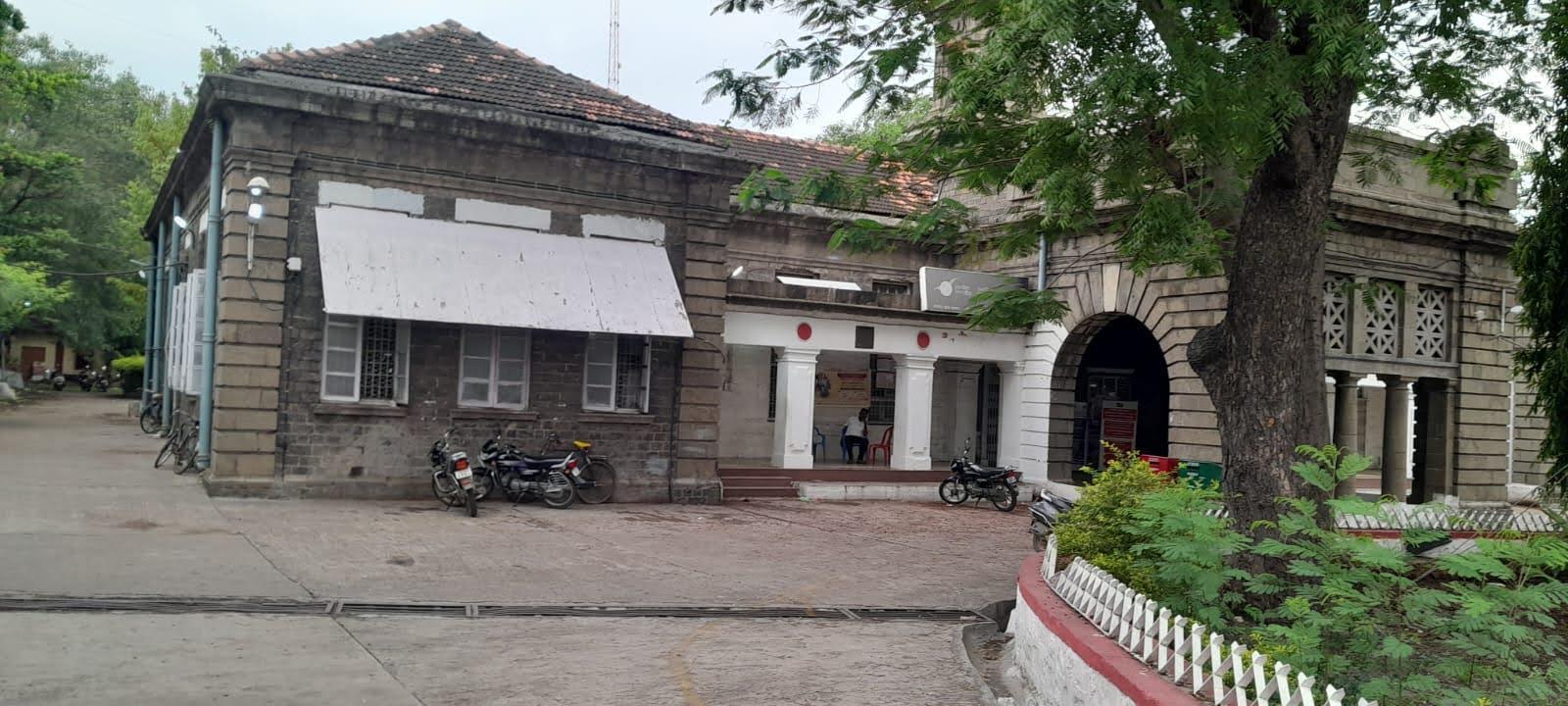
According to local accounts, many households have been using post office savings since 1979, often starting with small deposits of ₹5 or ₹10. In some areas, agents still collect Recurring Deposits (RDs) directly from homes, a practice that continues even today. One widely used scheme here is the Sukanya Samriddhi Yojana, which encourages savings for girls through higher interest rates and tax benefits.
Post offices here offer various savings products, such as Recurring Deposits, Monthly Income Schemes (MIS), Senior Citizens Savings Schemes, and National Savings Certificates (NSC). Many residents say they prefer these because they are backed by the government and feel safe.
In recent years, the post office has added online services to make deposits and withdrawals easier. While some people note that the website can be slow at times, the convenience of digital access means more people now manage their post office accounts like a regular bank.
Graphs
Road Safety and Violations
Transport Infrastructure
Bus Transport
Communication and Media
Sources
James Campbell, et al. 1884. Gazetteer of the Bombay Presidency: Sholapur.Vol. XX. Government Central Press, Bombay.http://indianculture.gov.in/gazettes/gazette…
Kamal Mishra. 2023. Vande Bharat fuelled by Nari Shakti: Surekha Yadav, Asia's first female loco pilot steers Solapur-CSMT train. The Free Press Journahttps://www.freepressjournal.in/mumbai/meet-…
P. N. Chopra, et al. 1977. Maharashtra State Gazetteer: Solapur District. Gazetteers Department, Maharashtra, Mumbai.
World Health Organization. Road Safety. WHO, Geneva.https://www.who.int/health-topics/road-safet…
Last updated on 6 November 2025. Help us improve the information on this page by clicking on suggest edits or writing to us.